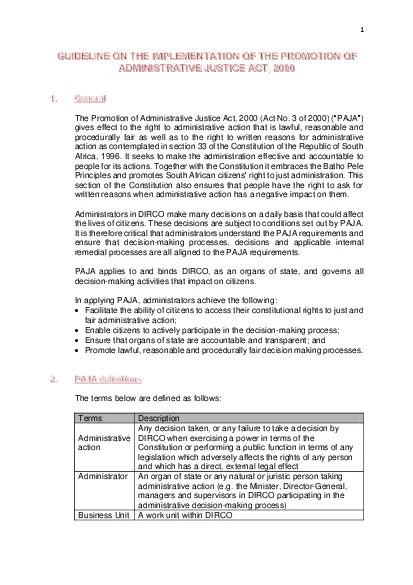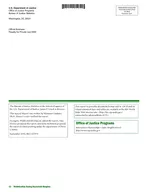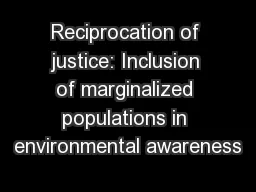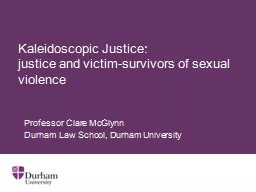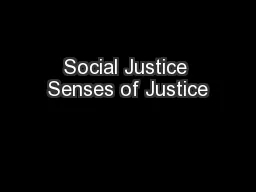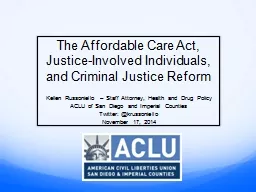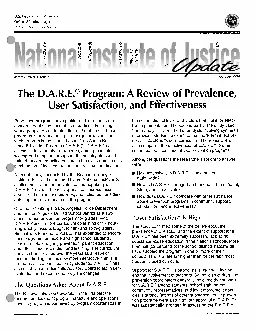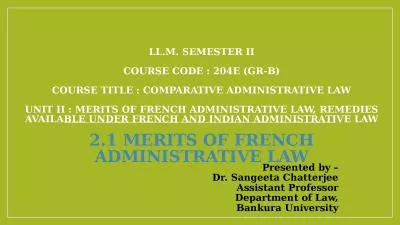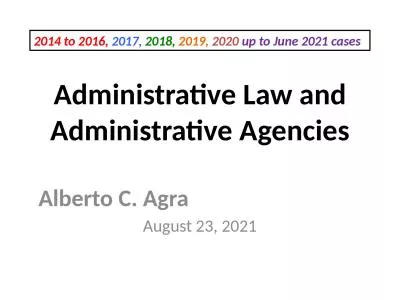PDF-The Promotion of Administrative Justice Act
Author : luna | Published Date : 2021-08-08
1 2000 Act No3 of 2000PAJAgives effect to the right to administrativeaction that is lawful reasonable and procedurallyfair as well as tothe right to written reasons
Presentation Embed Code
Download Presentation
Download Presentation The PPT/PDF document "The Promotion of Administrative Justice ..." is the property of its rightful owner. Permission is granted to download and print the materials on this website for personal, non-commercial use only, and to display it on your personal computer provided you do not modify the materials and that you retain all copyright notices contained in the materials. By downloading content from our website, you accept the terms of this agreement.
The Promotion of Administrative Justice Act: Transcript
Download Rules Of Document
"The Promotion of Administrative Justice Act"The content belongs to its owner. You may download and print it for personal use, without modification, and keep all copyright notices. By downloading, you agree to these terms.
Related Documents

